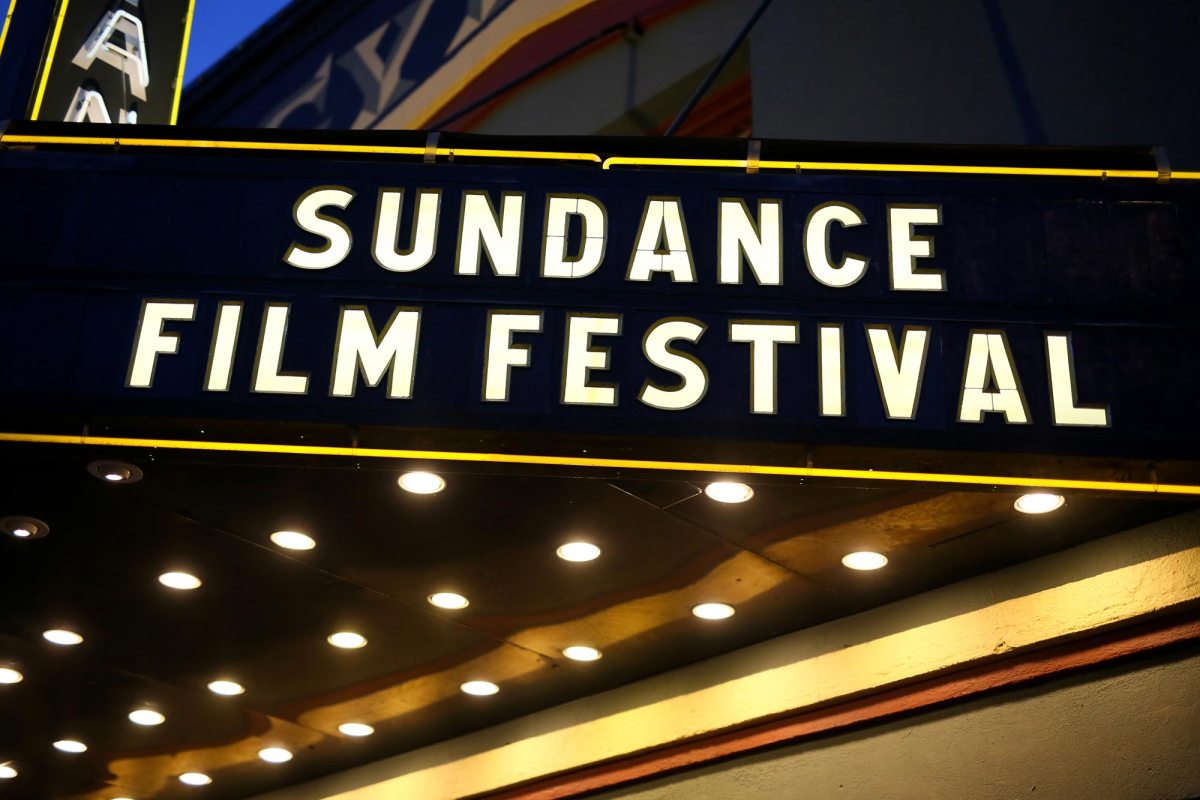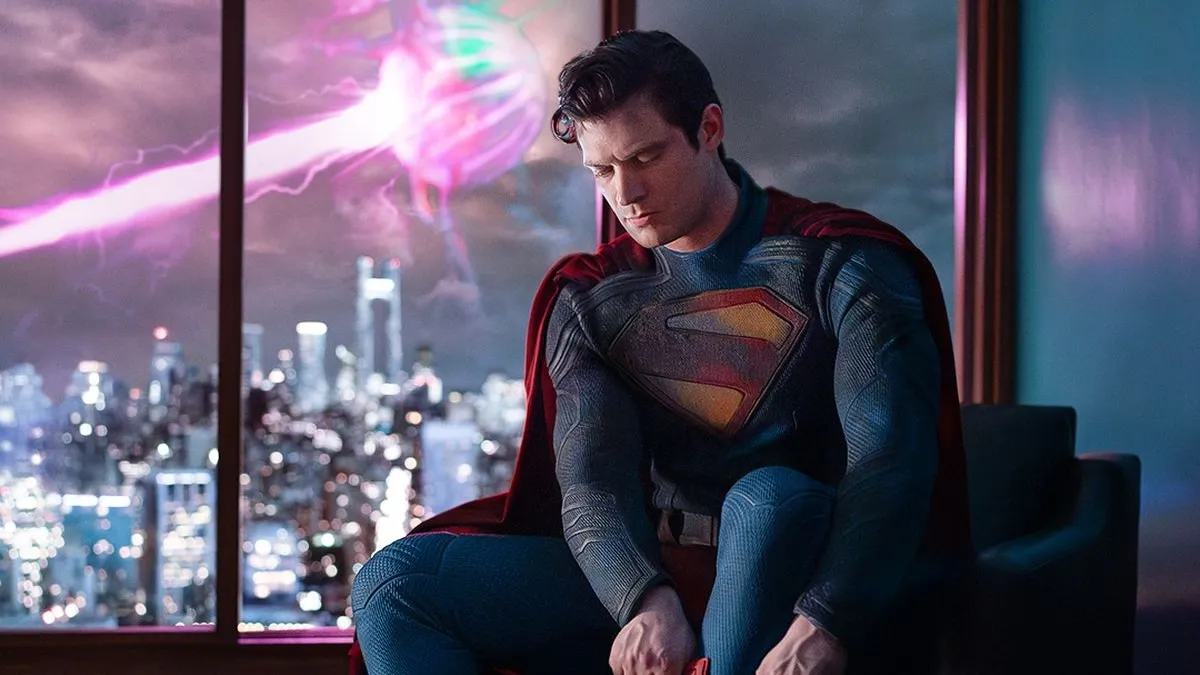There’s trouble at the Sundance Film Festival. Was there an outbreak of a spooky real-life fungus? Nope. Was there a titter of inappropriate laughter at the mention of the word “dick”? No, that was elsewhere. It was something far more subtle. In fact, it’s got “sub” in the name. Is it a kink thing? No. It’s “subtitles.” Or, more accurately, the lack thereof.
They didn’t put subtitles in the movies? HOW ELSE ARE YOU SUPPOSED TO WATCH A MOVIE?!
I know, right?! Subtitles are essential. I learned that fact when I was just a small child trying to decipher what the hell Gandalf was trying to say to Frodo at the beginning of The Fellowship of the Ring. Seriously, some of those lines of dialogue that Gandalf says after discovering the Ring of Power in Bilbo’s house are unintelligible. And he’s right up on the camera! The boom mic is probably mere inches out of that close-up frame and still it’s hopeless. How the hell am I supposed to know what and who and where and why about Sauron or whoever if I can’t UNDERSTAND WHAT THE GUY WHO’S EXPLAINING IT ALL IS SAYING. And I’m not alone in thinking this, Patrick Stewart made a YouTube PSA saying the same thing. Probably because he couldn’t understand his dear friend Sir Ian McKellen, either!
But did Sundance learn from this Fellowship fiasco? Apparently not.
So what happened, exactly? I didn’t read the captions, so I don’t know
This is what happened: Festival jurors walked out of a screening for the film Magazine Dreams after the festival failed to provide open captions for members of the audience who were deaf or hearing-impaired. One of those hearing-impaired people was juror Marlee Matlin. Matlin was given a captioning device for the film, but when it failed to work as the film began, she walked out. Soon after, other members of the jury including Jeremy O. Harris and Eliza Hittman decided to walk out in solidarity with Matlin. The device was repaired hours later, and the jurors say they plan to screen the film before the festival ends. However, this speaks to a larger problem regarding the festival’s ability to make its films accessible to all viewers.
At similar film festivals of this caliber, such as Cannes and Venice, movies are captioned onscreen in multiple languages. Meanwhile, at Sundance, this year’s application for credentials asked attendees if they needed access to closed captions. Rather than being the rule, closed captioned films at Sundance appear to be the exception.
According to Variety, multiple filmmakers participating at Sundance declined to add captions onscreen, claiming that the process of creating another print for the film would be too expensive and time consuming. Welp, they sure paid for it in other ways, didn’t they? Some buyers have said that the filmmakers may have declined to provide captions because open captioning could somehow diminish the film’s asking prices in the attempt to find distribution.
And what does the internet have to say about that?
Twitter was quick to criticize the decision to not provide open captioning. One user said that the faux pas is a symptom of a larger problem of accessibility in the film industry. In a post-pandemic world, this comes as an even greater shock. One would think that the mass disabling of the global populace due to the pandemic would foster more empathy for disabled people and contribute to an increased effort to accommodate them. One would think, but that doesn’t appear to be the case. Disappointingly, the pandemic has not caused as great a paradigm shift in attitudes toward the disabled as one might assume. Just as we’re all ready to forget that Covid ever existed, so too are we ready to forget the lingering damage that it caused.
How did Sundance respond?
Sundance CEO Joana Vicente provided a statement in response to the controversy: “Our goal is to make all experiences (in person and online) as accessible as possible for all participants. Our accessibility efforts are, admittedly, always evolving and feedback helps drive it forward for the community as a whole.”
If past film festivals are any indication of Sundance’s commitment to accommodate people, Vicente’s words ring true. In 2020, James Lebrecht, the co-director of the documentary Crip Camp, was able to attend his film’s premiere and other major events as the festival ensured that these events would be wheelchair accessible. This year, Sundance provided ASL interpreters to accompany filmmakers during opening remarks before screenings and at Q&A events.
According to Variety, sources say that Sundance personnel worked to provide closed caption devices to Matlin and other attendees after the Magazine Dreams team refused to furnish the festival team with an open caption cut of the film.
So who’s at fault here?
From what I gather, Sundance doesn’t deserve the heat. The fault lies primarily with the team behind Magazine Dreams, who refused to provide a closed captioned version. However, their behavior is caused by a lack of focus on accessibility in the culture of film, and in the culture at large. Even in a post pandemic world, visibility for disabled people is still a problem, baffling as that fact may be.
It’s telling that filmmakers are using the words “too expensive” and “too time consuming” when asked why they fail to provide captioned prints of their films. It’s because they deem captioned prints to be nonessential, and they can jettison any plans to make one of these cuts should the the process become difficult to do so. Ideally, the solution would be for film festivals to disqualify films that do not provide open captions at screenings. This would turn the nonessential nature of captioning into an “oh shit, we need this or we’re not gonna make money” sort of essential one.
But will this come to pass? After Matlin’s protest and her co-jurors’ demonstration of solidarity, it’s likely that filmmakers will think twice before refusing to provide open captioned versions of their films. We can only hope that people like Matlin will continue to champion the cause and push the film medium forward. After all, isn’t that what Sundance is all about?
(featured image: Jemal Countess, Sundance Institute / Getty Images)










Published: Jan 24, 2023 06:15 pm